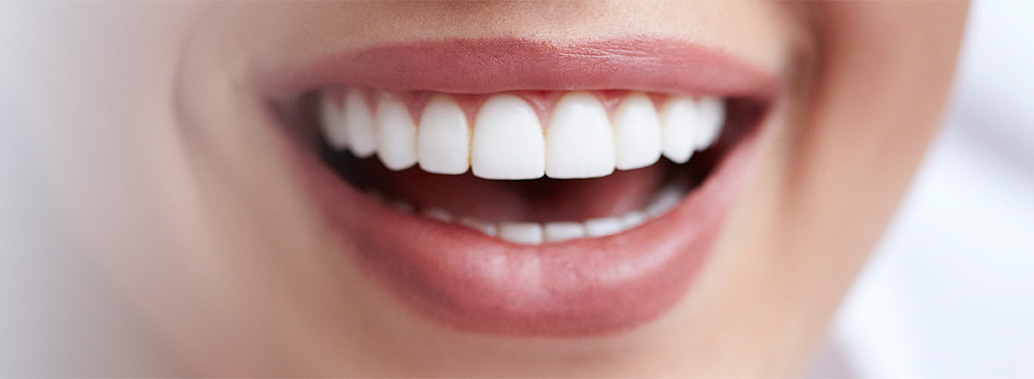
WHAT IS ORTHODONTICS
How Does Tongue Thrust Affect Orthodontics and Speech?
What is Tongue Thrust?
- Tongue thrust is the habit of thrusting the tongue forward or against the front teeth during swallowing.
- The constant pressure of the tongue will force the teeth out of alignment, resulting in malocclusion.
- When a malocclusion is present, in addition to the tongue thrust, problematic speech articulation is more common.
What causes Tongue Thrust?
- Physiological abnormalities
- Thumbsucking
- Abnormally large tongue
- Obstructions causing difficulty in breathing such as tonsils or adenoids
How prevalent is Tongue Thrust?
- Research has noted that a significant number of school aged children have tongue thrust.
- Tongue thrust is generally diagnosed in children between the age of 5 to 8 when visiting an orthodontist for orthodontic treatment.

What are the consequences?
- The force of the tongue thrusting against the teeth is an important factor in malocclusion (wrong bite).
- Many school-aged children with tongue thrust have completed orthodontic treatment only to discover that their case relapsed due to their habitual forward tongue pattern.
- Another consequence to tongue thrust is speech problems, particularly resulting in a frontal lisp with the production of /s/ and /z/ sounds.
AMERICAN ASSOCIATION OF ORTHODONTICS
RECOMMENDATION FOR EARLY ORTHODONTIC SCREENING
The American Association of Orthodontics recommends that all children have an orthodontic screening no later than age 7.
Why screen by age 7?
- The posterior occlusion is established during this time. At that time, one can evaluate the antero-posterior and transverse relationships of the occlusion, as well as discover any functional shifts.
- Incisors have begun to erupt and problems can be detected such as crowding, habits, deep bites, open bites, and some facial asymmetries.
- For some, a timely screening will lead to significant treatment benefits. For most, the principal immediate benefit is a parent’s peace of mind.
- The dentist who makes timely referrals is rightly regarded as informed, caring, and concerned for the local wellbeing of the patient.
The benefits of early treatment
For those patients who have clear indications for early intervention, early treatment presents the opportunity to:
- Influence jaw growth in a positive manner
- Harmonize width of the dental arches
- Improve eruption patterns
- Lower risks of trauma to protruded upper incisors
- Correct harmful oral habits
- Improve aesthetics and self-esteem
- Simplify and/or shorten treatment time for later corrective orthodontics
- Reduce the likelihood of impacted permanent teeth
- Improve some speech problems
- Preserve or gain space for erupting permanent teeth


